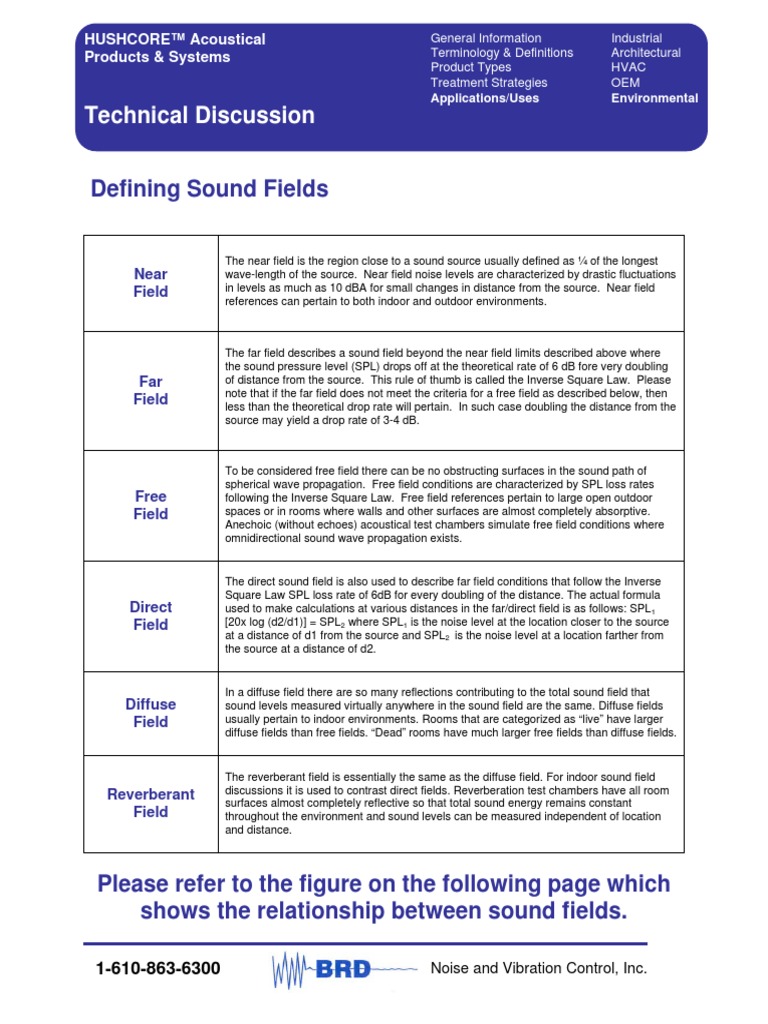Falling Gas Prices: Economic Uncertainty And The National Average

Table of Contents
Factors Contributing to Falling Gas Prices
Several interconnected factors have contributed to the recent decline in gas prices, impacting the national average gas price significantly.
Reduced Global Oil Demand
Weakening global economic growth is a primary driver of falling oil demand. Concerns about a potential global recession are dampening consumer and business spending, leading to reduced industrial activity and, consequently, lower oil consumption. This decrease in demand directly affects oil prices, which are closely tied to gas prices.
- Reduced industrial activity leading to lower oil demand. Factories and manufacturing plants consume significant amounts of energy, and a slowdown in production directly impacts oil consumption.
- Slower economic growth in major economies like China and Europe. These major economies are significant oil consumers, and their economic slowdowns translate into reduced oil demand globally.
- Concerns about a potential global recession dampening consumer spending. Recessionary fears cause consumers to become more cautious with their spending, impacting demand for gasoline and other goods.
Increased Oil Supply
Simultaneously, an increase in oil supply has put downward pressure on prices. This is partly due to OPEC+ production decisions, which have influenced the global oil market. Furthermore, the release of strategic petroleum reserves by various countries, including the United States, has also contributed to easing supply constraints.
- OPEC+ output adjustments impacting global oil supply. OPEC+ nations' decisions regarding oil production quotas have a significant impact on global supply and, ultimately, prices.
- Strategic petroleum reserve releases easing supply constraints. Governments releasing oil from their strategic reserves helps alleviate supply shortages and can lower prices.
- Increased US oil production contributing to higher supply. Increased domestic oil production in the United States contributes to the overall global supply, exerting downward pressure on prices.
Strengthening US Dollar
The strength of the US dollar also plays a crucial role in influencing oil prices. Oil is priced in US dollars, so a stronger dollar makes oil more expensive for buyers using other currencies. This can reduce global demand, further contributing to falling oil prices and a lower national average gas price.
- The inverse relationship between the US dollar and oil prices. A stronger dollar generally leads to lower oil prices, while a weaker dollar tends to drive prices up.
- A stronger dollar impacting oil prices in international markets. This affects the price of oil for importers worldwide, impacting the global supply and demand equilibrium.
- How this affects the national average gas price in USD. Even with a strong dollar, the impact of reduced global demand and increased supply is often more influential in determining the national average gas price in USD.
Impact on the National Average Gas Price
The falling gas prices have a significant impact on the national average, but the effect is not uniform across all states.
State-by-State Variations
Gas prices vary considerably across different US states due to several factors including state and local taxes, transportation costs, local supply chains, and market competition. These variations create a complex picture of the national average gas price.
- Mapping the national average gas price against state-level data. Comparing national averages with state-specific data reveals significant regional disparities in gas prices.
- Highlighting states with the highest and lowest gas prices. This highlights the uneven distribution of gas prices across the country and identifies reasons for this discrepancy.
- Analyzing factors responsible for regional price disparities. Understanding the factors behind these variations is crucial for policymakers and consumers alike.
Tracking the National Average
Several reliable sources provide data on national average gas price trends, including the American Automobile Association (AAA) and government agencies like the Energy Information Administration (EIA). Tracking these trends reveals the volatility of gas prices and their impact on consumers' budgets.
- Mention reputable sources for national average gas price data. AAA and EIA are frequently cited for their accurate and up-to-date data on gas prices.
- Provide a chart or graph illustrating recent price trends. A visual representation of price fluctuations effectively communicates the volatility of gas prices.
- Highlight the volatility of gas prices and their impact on consumers. This underscores the importance of understanding these fluctuations for financial planning.
Economic Uncertainty and the Implications of Falling Gas Prices
While lower gas prices provide short-term relief, the economic uncertainty associated with this trend requires careful consideration.
Inflationary Pressures
The relationship between falling gas prices and overall inflation is complex. While lower gas prices can lower the Consumer Price Index (CPI), other price increases might offset these benefits.
- The impact of falling gas prices on overall inflation. Lower gas prices directly contribute to a lower CPI, but the overall impact on inflation depends on other economic factors.
- How changes in gas prices affect the CPI. The CPI is a key indicator of inflation, and changes in gas prices are a significant component of its calculation.
- Potential for other price increases to offset the benefits of cheaper gas. While gas prices fall, increases in other goods and services may neutralize the positive effects on consumers' purchasing power.
Consumer Spending and Economic Growth
Lower gas prices can increase disposable income, potentially leading to higher consumer spending and boosting economic growth. The concept of "pent-up demand," where consumers have delayed purchases due to high prices, might also play a significant role.
- Increased disposable income leading to higher consumer spending. Lower gas costs free up money for consumers to spend on other goods and services.
- Potential boost to economic growth due to increased consumer confidence. Lower gas prices can improve consumer confidence, leading to greater economic activity.
- Uncertainty surrounding the long-term effects on economic activity. The long-term economic impact of falling gas prices is uncertain and depends on a multitude of interacting factors.
Conclusion
While falling gas prices offer short-term relief to consumers, the underlying economic uncertainty remains a significant concern. The interplay between global oil markets, national economic conditions, and consumer behavior creates a dynamic situation requiring careful monitoring. Understanding the factors contributing to the fluctuating national average gas price is crucial for both consumers and businesses to make informed decisions. Keep up to date with the latest developments concerning falling gas prices and their economic implications to better navigate this period of uncertainty. Stay informed about changes in the national average gas price and their effect on your budget and the overall economy.

Featured Posts
-
 Manhattans Downtown Shift Why The Richest Choose Lower Manhattan
May 22, 2025
Manhattans Downtown Shift Why The Richest Choose Lower Manhattan
May 22, 2025 -
 5 Podcasts De Misterio Suspenso Y Terror Recomendaciones Para Adictos A La Adrenalina
May 22, 2025
5 Podcasts De Misterio Suspenso Y Terror Recomendaciones Para Adictos A La Adrenalina
May 22, 2025 -
 Thursdays Core Weave Crwv Stock Price Drop Causes And Implications
May 22, 2025
Thursdays Core Weave Crwv Stock Price Drop Causes And Implications
May 22, 2025 -
 Where To Invest Mapping The Countrys Fastest Growing Business Areas
May 22, 2025
Where To Invest Mapping The Countrys Fastest Growing Business Areas
May 22, 2025 -
 Defining The Sound Perimeter Musics Role In Society
May 22, 2025
Defining The Sound Perimeter Musics Role In Society
May 22, 2025
